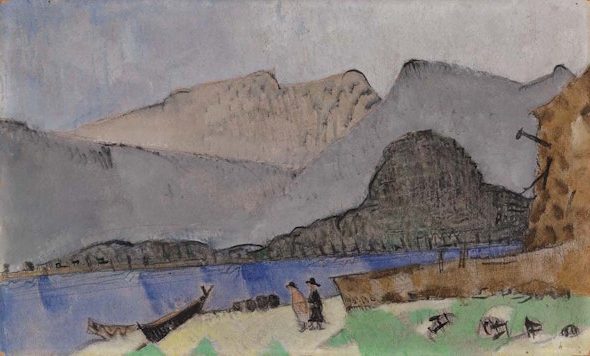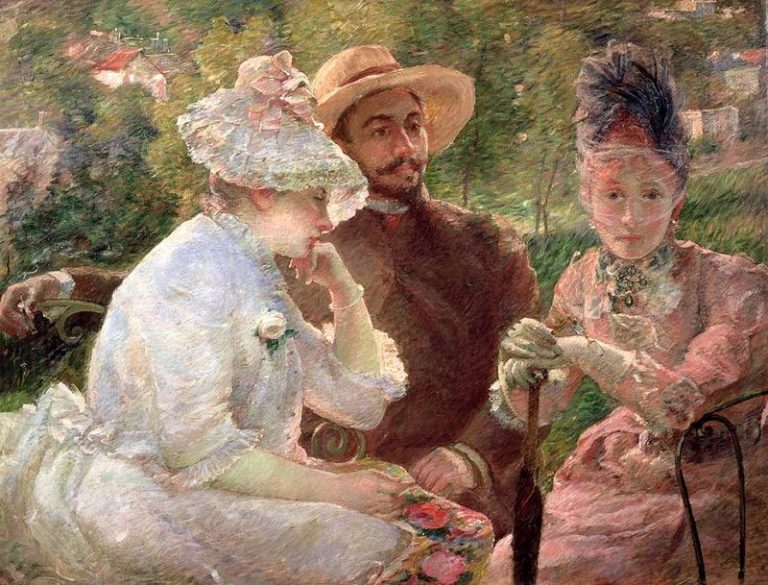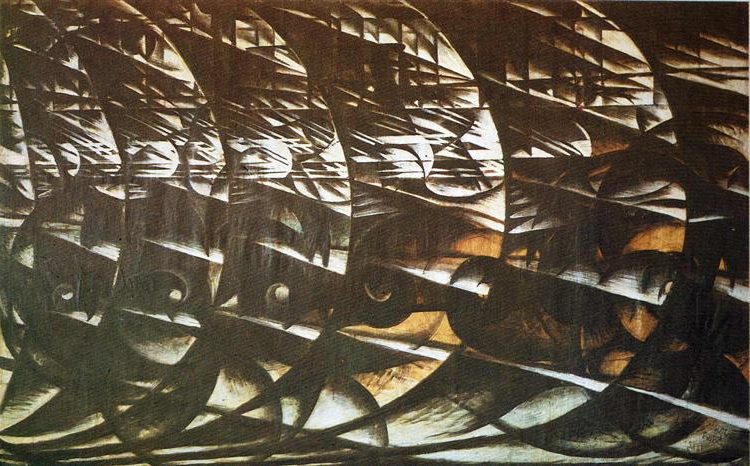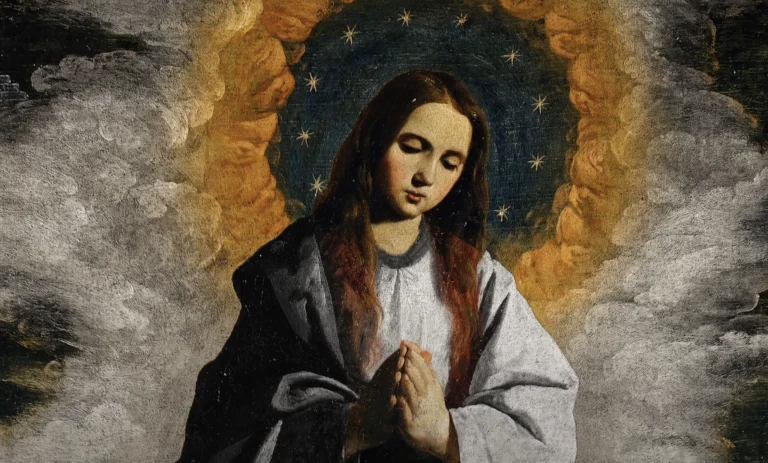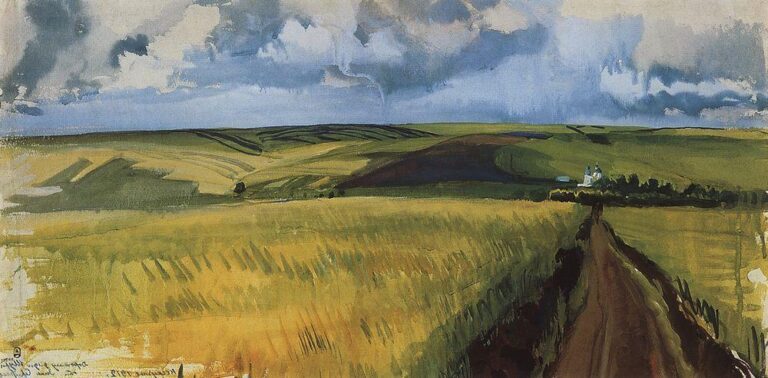Alexis Gritchenko Painter: Ukrainian Avant-Garde Artist of the 20th Century
Born: April 2, 1883, Chernihiv province, Russian Empire
Death: January 28, 1977, Vence, France
Art Movement: Cubo-Futurism and Primitivism
Nationality: Ukrainian
Influenced By: Sergey Shchukin and Ivan Morozov
Institution: Moscow Art School
Alexis Gritchenko Painter: Ukrainian Avant-Garde Artist of the 20th Century
Early Life and Education
Alexis Gritchenko was born in 1883 in Krolevets, Ukraine. His early years were marked by a love for art and education that shaped his future career as a painter.
Formative Years in Ukraine and Russia
Gritchenko grew up in Krolevets, a town in northern Ukraine. As a child, he showed a keen interest in art, collecting pencils and drawing whenever he could. His hometown’s general store sparked his artistic passion.

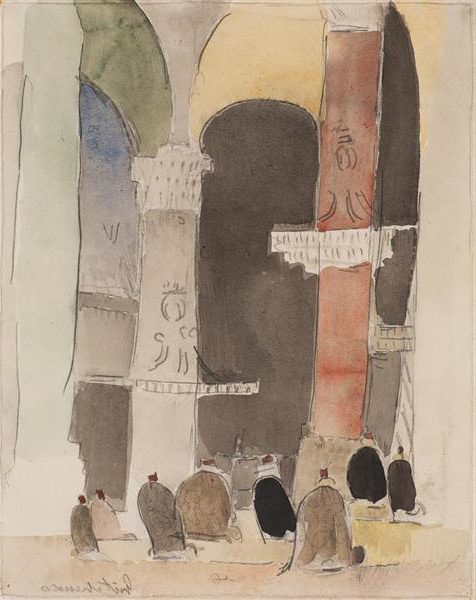
In his youth, Gritchenko moved to larger cities for his studies. He spent time in Kyiv, St. Petersburg, and Moscow, which exposed him to diverse cultural influences. These experiences helped form his artistic vision and style.
Academic Pursuits and Artistic Foundations
Gritchenko’s education was wide-ranging. He studied philology and biology at universities in Kyiv, St. Petersburg, and Moscow. This broad academic background gave him a unique perspective on art.
Later, he focused on painting at the Moscow Art School. Here, he built a strong foundation in artistic techniques. Gritchenko also formed important connections in the art world. He met collectors like Sergey Shchukin and Ivan Morozov, who influenced his artistic journey.
These early studies and contacts were key in shaping Gritchenko’s future as a painter and art theorist.
Artistic Evolution and Key Works
Alexis Gritchenko’s artistic journey spanned several styles and movements, reflecting his diverse influences and creative vision. His work evolved from early experiments to a unique fusion of modernist and traditional elements.
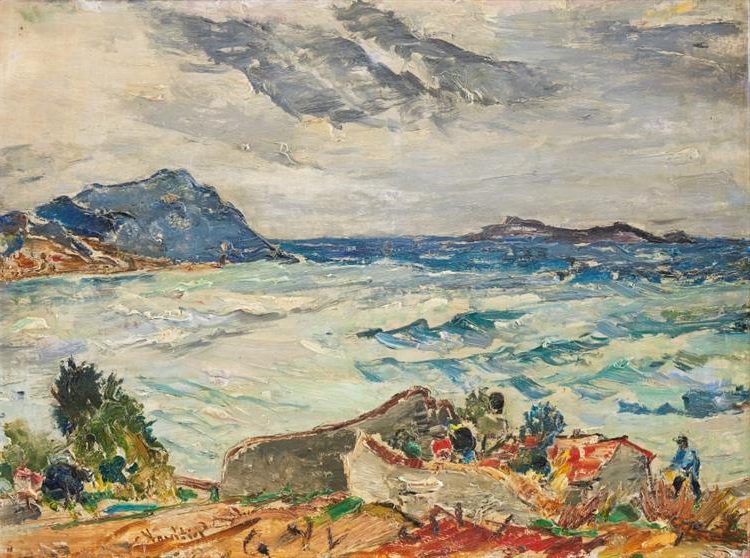
Equinoxe à La Ciotat (1934) by Alexis Gritchenko
The Transition to Modern Art
Gritchenko’s early works from 1909-1912 showed an interest in Impressionism. He soon moved towards more avant-garde styles. Cubism and Fauvism had a strong impact on his art. This shift marked the start of his modernist period.
Gritchenko began to explore bold colors and geometric forms. His paintings from this time show a clear break from traditional techniques. He used vivid hues and fragmented shapes to create dynamic compositions.
Defining the Cubo-Byzantine Style
Gritchenko developed a unique style he called “dynamocolour.” This approach combined elements of Cubism with Byzantine art traditions. His paintings featured bright colors and abstract forms inspired by religious icons.
Key works from this period include:
- “Byzantine Mosaic” (1924)
- “Cubist Landscape” (1919)
- “Icon with Blue” (1926)
These paintings show Gritchenko’s skill in blending modern and ancient art forms. He used flat planes of color and simplified shapes to create powerful visual effects.
Notable Exhibitions and Galleries
Gritchenko’s work gained recognition through several important exhibitions. In 1937, the Museum of Ukrainian Art in Lviv held a solo show of his paintings. This event helped establish his reputation in Eastern Europe.

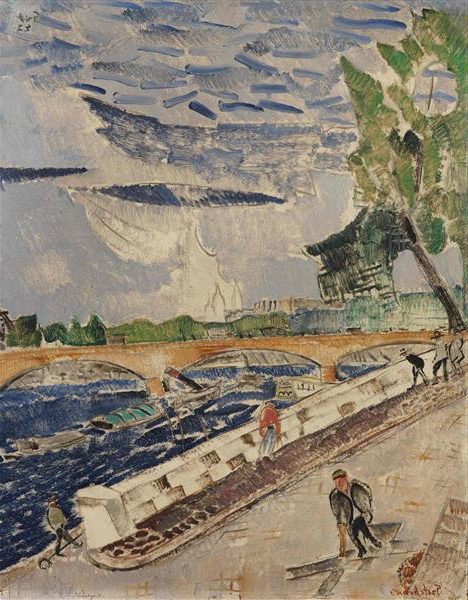
After moving to France, Gritchenko exhibited in Paris galleries. His work was shown alongside other modernist painters. These exhibitions introduced his unique style to a wider audience.
In the late 1950s and 1960s, Gritchenko had shows in New York and Philadelphia. The Peter Deitsch Gallery in New York hosted his last major exhibition in 1967. These American shows helped cement his international reputation.
In the late 1950s and 1960s, Gritchenko had shows in New York and Philadelphia. The Peter Deitsch Gallery in New York hosted his last major exhibition in 1967. These American shows helped cement his international reputation.
Legacy and Influence
Alexis Gritchenko left a lasting mark on the art world through his paintings, writings, and theoretical contributions. His work continues to be celebrated and studied today.
Memoirs and Theoretical Contributions
Gritchenko wrote several important memoirs and theoretical works. His book “Ukraine of My Blue Days” shared personal experiences and insights into Ukrainian culture.
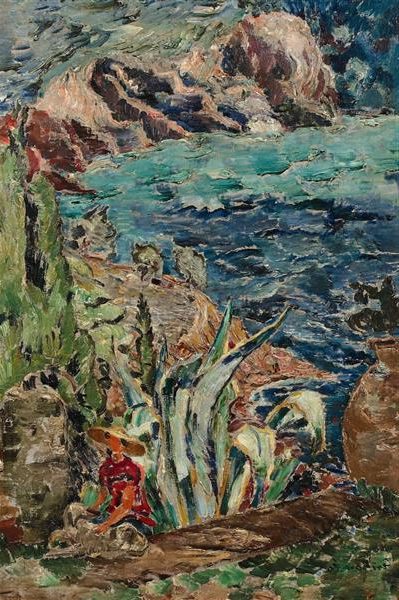
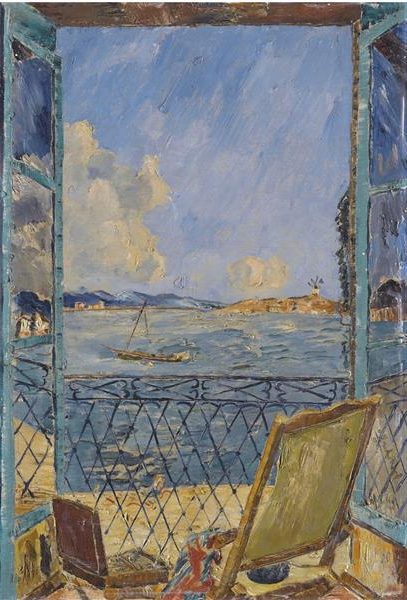
As an art theorist, he explored ideas about color and form in painting.
His writings influenced other artists and thinkers of his time. Gritchenko’s theories on art helped shape discussions about modern painting techniques and styles.
Establishment of Foundations and Collections
The Alexis Gritchenko Foundation was created in New York City in 1958. It aimed to protect and promote the artist’s work.
The Foundation donated over 70 artworks and many documents to the Ukrainian Institute of America.
Gritchenko’s paintings can be found in major museums and private collections. His work is part of the Tretyakov Gallery in Moscow and the Lviv Museum in Ukraine. The Barnes Foundation in Philadelphia also holds some of his pieces.
Posthumous Recognition and Celebrations
After his death, Gritchenko’s art gained more attention. Galleries in Paris and New York held shows of his work. A large Ukrainian-French book about his life and art was published.

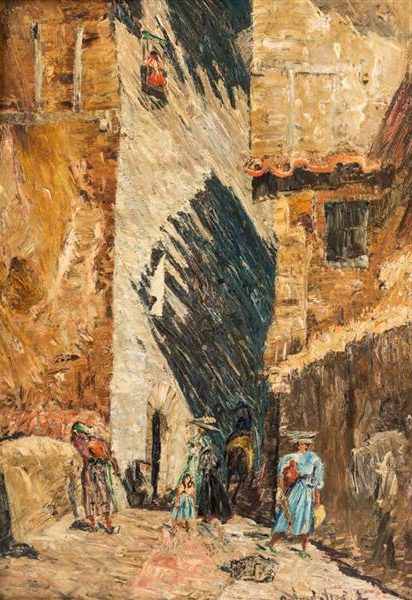
In 2013, Ukraine released a stamp with Gritchenko’s self-portrait to honor him. Art experts continue to study his unique style that blended Ukrainian and French influences.
His paintings are now valued by collectors and fetch high prices at auctions. Gritchenko’s legacy as a bridge between Eastern and Western art traditions remains strong today.
Frequently Asked Questions
Alexis Gritchenko was an innovative painter who made significant contributions to modern art. His unique style and techniques shaped the artistic landscape of the early 20th century.
What influences shaped Alexis Gritchenko’s painting style?
Gritchenko drew inspiration from many sources. Early on, he studied Impressionist works.
Russian icons and Italian frescoes also influenced his art. Cubism and Fauvism played a big role in shaping his style too.
Which artistic movements is Alexis Gritchenko associated with?
Gritchenko was a key figure in Cubo-Futurism and Primitivism.
He started with Impressionism in his early works from 1909-1912. Later, he developed his own style called “dynamocolour.”
How did Alexis Gritchenko contribute to the development of Expressionism?
Gritchenko’s “dynamocolour” style added to Expressionism. This approach focused on bold colors and dynamic forms.
He used bright hues and strong brushstrokes to show emotion in his paintings. His work helped push art in new directions.
Can you name some significant works of art created by Alexis Gritchenko?
Specific paintings by Gritchenko are not mentioned in the search results.
His work was shown in exhibits in New York and Philadelphia. The last known exhibit was in 1967 at the Peter Deitsch Gallery in New York.
What was Alexis Gritchenko’s impact on modern art?
Gritchenko helped shape modern art through his unique style. He blended different art movements to create something new.
His work influenced other artists of his time. The Alexis Gritchenko Foundation was formed in 1958 to preserve his artistic legacy.
How is Alexis Gritchenko’s approach to color and form distinctive?
Gritchenko’s “dynamocolour” style set him apart. He used vibrant colors and dynamic forms in his paintings.
His art combined elements of Cubism, Fauvism, and traditional icon painting. This mix created a bold and unique visual style.

